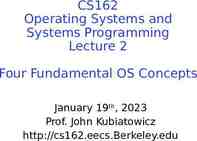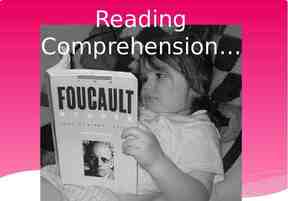Separate But Equal?
19 Slides4.67 MB

Separate But Equal?

Jim Crow was the name of a black character in a play. The term was used to signify the laws that segregated people in the South.

Plessy v Ferguson Homer Plessy sued the state of Louisiana for jailing him because he refused to sit in a railroad car reserved for blacks only. He lost his case. The Supreme Court established a “separate but equal” policy which would guide racial relations for sixty years.

“Separate but Equal”

Jim Crow Schools Most schools had no desks or chairs. The books were often worn out and outdated (if there were books!). Many buildings were falling apart and were unsafe. Teachers were qualified, but only African Americans could teach black children. Teaching materials were poor or nonexistent.

Separate but Equal?

White children from the Summerton area attended this red brick building with a separate lunchroom and science laboratories. 61 “colored” schools were also located in Summerton. Most held one or two classrooms.

Schools lacked electricity, running water and bathrooms. Heat was a luxury many schools did not have.

4 Corners On your post-it note label: A-D Go to each corner and study the photos Are these white or colored establishments?

Topeka, Kansas 8 year old Linda Brown and her two sisters had to walk six blocks to get to school. They had to cross busy railroad tracks and wait for a rickety old bus to take them to school even though there was a new neighborhood school closer to her home.

The NAACP decided to challenge school segregation and Thurgood Marshall was selected as the lawyer to lead the cause.

The arguments.

THE LANDMARK DECISION In an historic decision the Supreme Court unanimously declared “separate but equal” unconstitutional! Legally segregation was dead but still many schools and public places in the South segregated by race. By 1960, fewer than 1% of the South’s black students went to integrated schools (would take 7000 years at that rate!)

Reaction to the Decision Southerners Calling it “Black Monday”, they swore to reject it. A Southern Manifesto was written condemning the decision. “We regard the decision of the Supreme Court in the school cases as a clear abuse of judicial power.” President Eisenhower Failed to take a solid moral stance in the case Refused to say segregation was morally wrong

The Little Rock 9 Little Rock had integrated buses, parks, libraries etc. Nine black students were selected to attend Little Rock Central High School Gov. Faubus sent the Arkansas National Guardnot to protect the students, but to keep them from entering the building

“2-4-6-8, we ain’t gonna integrate” “Mob rule cannot be allowed to override the decisions of our courts”- Eisenhower

Ruby Bridges- New Orleans 1960

James Meredith University of Mississippi 1962







